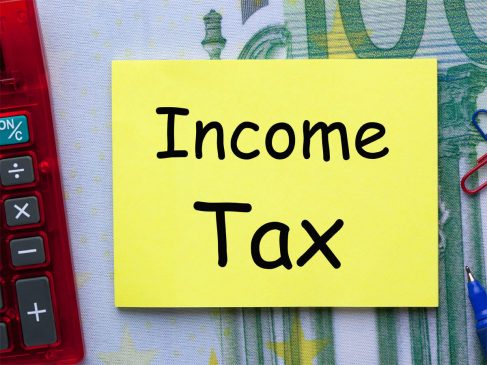The tax system cannot be altered during the fiscal year after it has been finalised.
New Delhi: Along with the start of the ongoing month, i.e., April, the new fiscal year came into effect. And along with the start of FY 2023–24, many new income tax regulations go into effect. As the government announced a new tax system in the budget, it has become a go-to method for commoners to choose when and which one they should opt for.
Read More:- NTPC Green Energy plans IPO this fiscal
Why It Is Important To Choose Tax Regime In April?
For salaried people, it’s crucial to arrange their taxes in this month alone due to changes made by the Income Tax Act of 1961. This is due to the fact that the tax system a person chooses will determine how much tax is withheld from their salary income. Inadequate tax planning will increase TDS from salary income and lower take-home pay.
Hence, TDS will be taken out in accordance with the new income tax slabs under the new tax regime if you don’t let your employer know which tax system you’ve selected.
Read More:- 7th Pay Commission: New rule for investing in stock market for Govt Employees in All India Services
What Happens When You Don’t Choose Tax Regime?
The tax system cannot be altered during the fiscal year after it has been finalised. The tax regime option communicated in April will continue to be the foundation for the employer’s salary tax deductions. While filing the ITR, you might choose a different tax structure.
Changes Announced In New Tax Regime:
Following are the changes announced under the new tax regime
– New income tax slabs
– Hike in basic exemption
– Standard deduction for salaried and pensioners
– Reduction in surcharge rate
Read More:- Wondering how to reduce your home loan EMI? Adhil Shetty of BankBazaar has the answer
New Income Tax Slab:
For people with an annual income of up to Rs 7 lakh, there will be no tax under the new tax system. The basic exemption level has been raised to 3 lakh and a standard deduction of 50,000 is allowed.
Income between 3 and 6 lakh would be taxed at a rate of 5 percent; 6 to 9 lakh at a rate of 10 percent; 9 to 12 lakh at a rate of 15 percent; 12 to 15 lakh at a rate of 20 percent; and 15 lakh and above at a rate of 30 percent.
Old Tax Regime Tax Slab:
The baseline exemption level under the previous tax code, which provides for exemptions and deductions, is 2.5 lakh rupees. Moreover, anyone with an annual income of 5 lakh rupees are exempt from paying taxes.
Also Read– Ambedkar Jayanti holiday: NSE, BSE to remain shut today; here’s what else is unavailable
A 5 percent tax is applied to income between 2.5 lakh and 5 lakh, while a 20 percent tax is applied to income between 5 lakh and 10 lakh. Taxes on income beyond Rs 10 lakh are levied at 30 percent.





































